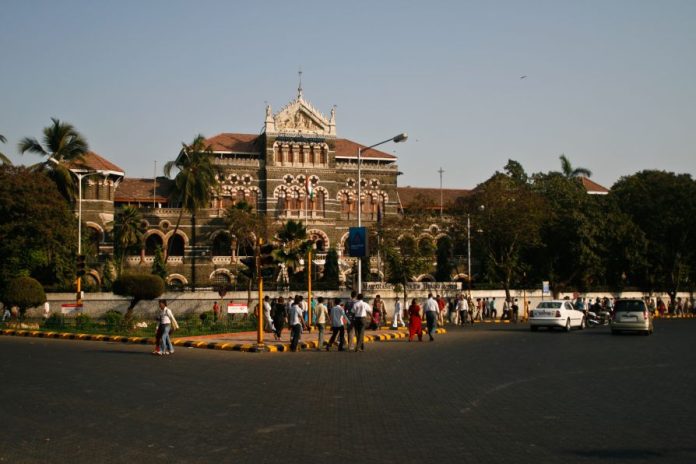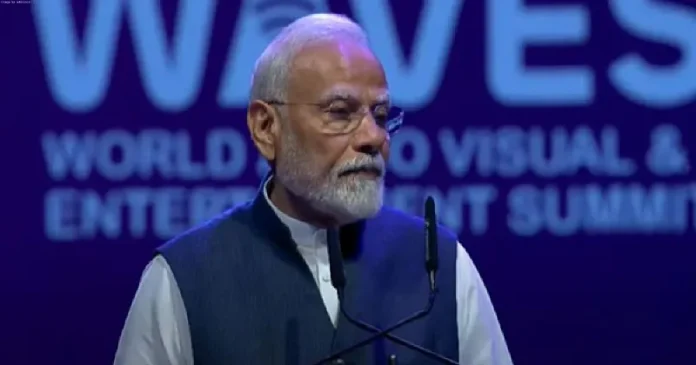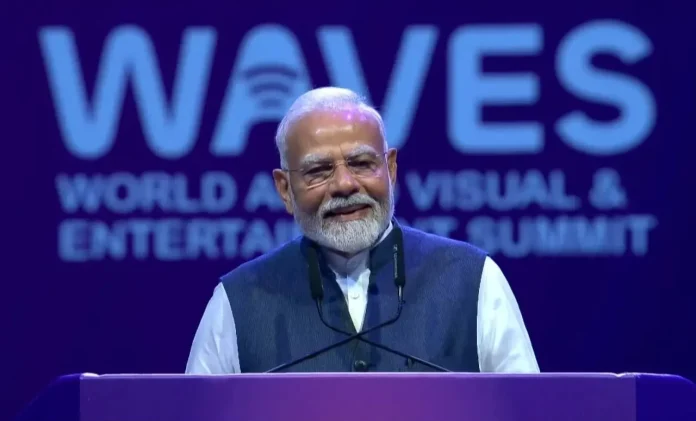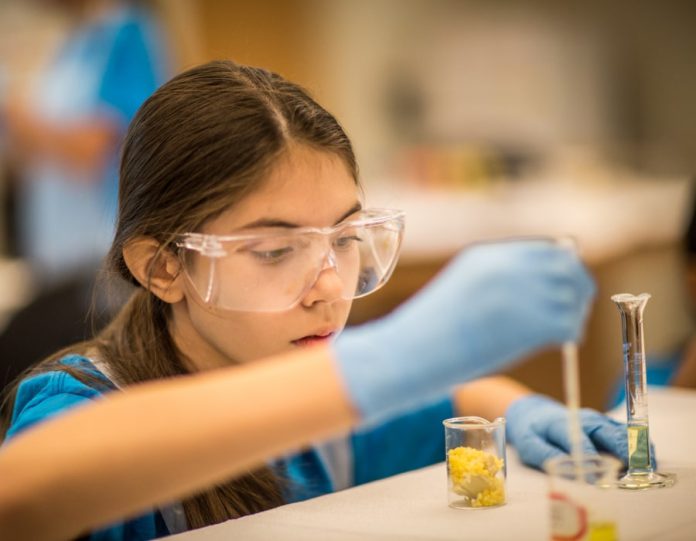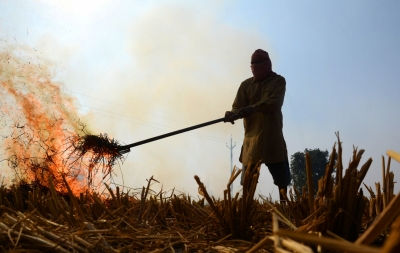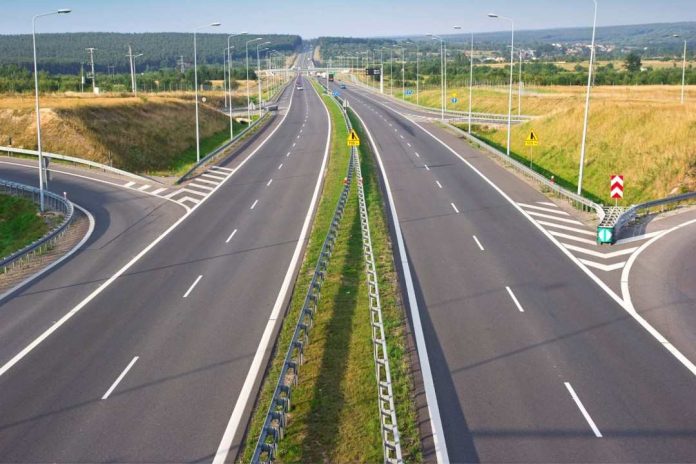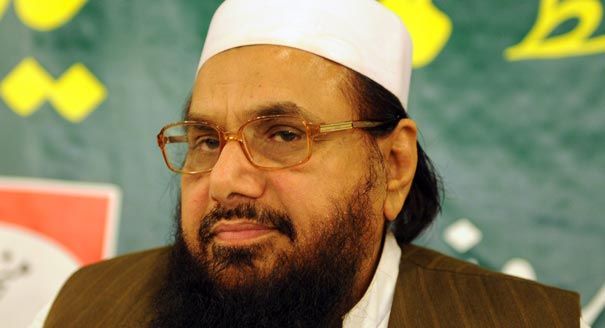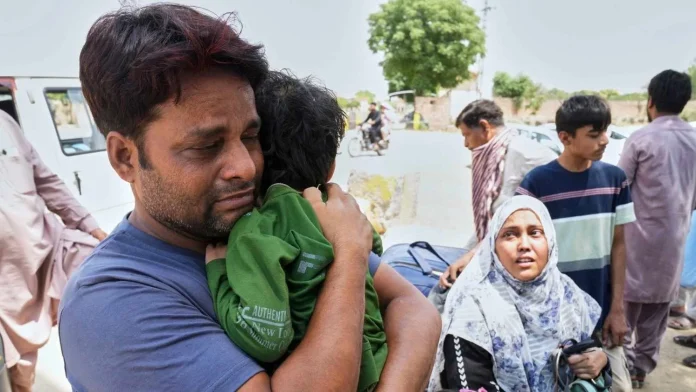“Create in India, Create for the World”: PM Modi’s Vision at WAVES Summit
Prime Minister Narendra Modi inaugurated the first World Audio Visual and Entertainment Summit (WAVES) in Mumbai on 1 May 2025, positioning India as a burgeoning powerhouse in the global creative economy. Addressing thousands at the Jio World Convention Centre, Modi called the event a “pivotal moment” for the country’s cultural and economic ambitions, describing WAVES as “not just an acronym, it is a wave of culture, creativity and universal connectivity”.
A Vision for the Orange Economy
In his keynote speech, PM Modi emphasised the transformative potential of India’s creative sectors, coining the phrase “dawn of the Orange Economy of India” to describe the nation’s expanding influence in film, digital content, gaming, fashion, music, and live concerts. “In the coming years, the creative economy can increase its contribution to India’s GDP… Today, India is emerging as a global hub for film production, digital content, gaming, fashion, music and live concerts… This is the dawn of the Orange Economy in India,” he declared.
He urged global creators to see India as their platform for innovation and collaboration: “To the creators of the world – dream big and tell your story. To investors – invest not just in platforms, but in people. To Indian youth – tell your one billion untold stories to the world”. Modi’s call to action was clear: “It is right time for ‘create in India, create for world’ when world is looking for new ways of story-telling”.
India’s Storytelling Heritage and Youth Power
Modi highlighted India’s unique advantage in a world hungry for diverse narratives, noting, “India, with a billion-plus population, is also a land of a billion-plus stories”. He stressed the importance of leveraging the nation’s ancient storytelling traditions in contemporary formats: “Today when the world is looking for new ways of storytelling, India has a treasure of its stories dating back thousands of years, this treasure is timeless, thought-provoking and truly global”.
The Prime Minister praised the creativity of India’s youth, especially in digital domains such as gaming, animation, and social media reels. “In the spirit of youth, in their working style, there are no barriers, no baggage or boundaries. That is why your creativity flows completely freely. There is no hesitation or reluctance in this,” he said, reflecting on his personal interactions with young creators.
Technology, Responsibility, and Human Sensibility
Modi addressed the convergence of technology and creativity, stating, “Today, technology has made the sky open for the creative world. Therefore, global coordination is equally important. I am confident that Waves platform will connect our creators with global storytellers”. He also cautioned against the risks of technological advancement without creative responsibility: “We must not allow humans to become robots. We must make humans more and more creative. We must make them more and more prosperous”.
He underscored the role of art, music, dance, and storytelling in preserving human sensibilities, warning, “If we step back from this responsibility, it will be very dangerous for the young generation”.
A Global Platform for Collaboration
WAVES 2025 is set to be a landmark event, with participation from over 90 countries, more than 10,000 delegates, 1,000 creators, 300+ companies, and 350+ startups. The summit features 42 plenary sessions, 39 breakout sessions, and 32 masterclasses, spanning broadcasting, infotainment, AVGC-XR, films, and digital media. The event also includes the WAVES Bazaar, a global e-marketplace connecting over 6,100 buyers and 5,200 sellers with 2,100 projects, and hosts the Global Media Dialogue (GMD) with ministerial participation from 25 countries.
During his visit, Modi toured the Creatosphere and interacted with creators selected from the 32 Create in India Challenges, which attracted over 100,000 registrations. He also visited the Bharat Pavilion, further showcasing India’s creative prowess.
Looking Ahead
Prime Minister Modi concluded with optimism for India’s creative future: “Our journey of Viksit Bharat has just begun”. WAVES 2025 is expected to unlock a $50 billion market by 2029, cementing India’s place at the heart of the global entertainment economy.
“Today, foreign consumers are consuming Indian entertainment with subtitles. Screen size is becoming smaller, but the consumption is growing; the message is becoming bigger. India’s food is being preferred globally. I am sure, India’s songs too will be preferred,” PM Modi said.
WAVES 2025 stands as a testament to India’s ambition to lead the world in creativity, culture, and innovation, inviting both domestic and international stakeholders to be part of this transformative journey.
WAVES Summit 2025 के उद्घाटन में बोले पीएम नरेंद्र मोदी, भारत बनेगा क्रिएटिव सुपर पावर
भारत की क्रिएटिव इकोनॉमी आने वाले वर्षों में देश की GDP का मजबूत आधार बनेगी। यह बात प्रधानमंत्री नरेंद्र मोदी ने मुंबई में आयोजित वर्ल्ड ऑडियो विज़ुअल एंटरटेनमेंट समिट (WAVES 2025) के उद्घाटन सत्र में कही। उन्होंने कहा कि कंटेंट, क्रिएटिविटी और कल्चर ये तीन स्तंभ भारत को सर्जनशील शक्ति के रूप में स्थापित करेंगे। इस भव्य समिट का आयोजन मुंबई के जिओ वर्ल्ड कन्वेंशन सेंटर में किया गया, जिसमें देश-विदेश की तमाम प्रमुख हस्तियां, फिल्मी सितारे, और कॉरपोरेट जगत के लोग शामिल हुए।
WAVES Summit 2025: ऑरेंज इकोनॉमी” बनेगी भारत की आर्थिक रीढ़
प्रधानमंत्री मोदी ने कहा कि आज जब विश्व डिजिटल कंटेंट, एनिमेशन और गेमिंग इंडस्ट्री की ओर तेजी से बढ़ रहा है, तब भारत के पास हज़ारों वर्षों की कथाओं और सांस्कृतिक विरासत का अमूल्य खजाना है, जिसे क्रिएटिव माध्यमों से दुनियाभर तक पहुंचाया जा सकता है। Animation and Gaming Sector in India
भारतीय एनीमेशन इंडस्ट्री के लिए WAVES समिट नए अवसरों के द्वार खोलेगा – नरेंद्र मोदी
उन्होंने यह भी जोड़ा कि वैश्विक एनीमेशन मार्केट फिलहाल 430 बिलियन डॉलर का है, जो अगले दशक में दोगुना हो सकता है भारत इसमें बड़ी भूमिका निभाने को तैयार है। PM Narendra Modi Creative India
WAVES Summit 2025: क्रिएटिव एजुकेशन को मिलेगा नया प्लेटफॉर्म
केंद्रीय मंत्री अश्विनी वैष्णव ने इस मौके पर ऐलान किया कि भारत का पहला इंडियन इंस्टीट्यूट ऑफ क्रिएटिव टेक्नोलॉजी (IICT) मुंबई में स्थापित किया जाएगा, जिसके लिए केंद्र सरकार ने 400 करोड़ रुपये मंजूर किए हैं। इस संस्थान को Google, Apple, Microsoft और Adobe जैसी कंपनियों का तकनीकी सहयोग मिलेगा।
महाराष्ट्र बनेगा भारत का एंटरटेनमेंट हब WAVES Summit 2025
मुख्यमंत्री देवेंद्र फडणवीस ने बताया कि मुंबई में 500 एकड़ में विकसित की जा रही नई फिल्म सिटी को एक ग्लोबल स्टूडियो इकोसिस्टम के रूप में तैयार किया जा रहा है। इसमें 120 एकड़ विशेष रूप से VFX, एनिमेशन और गेमिंग इंडस्ट्री के लिए आरक्षित होगा। महाराष्ट्र आज कंटेंट क्रांति का नेतृत्व कर रहा है। WAVES समिट कोई इवेंट नहीं, बल्कि यह एक क्रांति है। Creative Economy of India
बॉलीवुड और क्रिएटिव आइकन की मौजूदगी
कार्यक्रम में अनुपम खेर, एम एम कीरवानी, श्रेया घोषाल, एस एस राजामौली, रजनीकांत, आमिर खान, मुकेश अंबानी, और शांतनु नारायण जैसे दिग्गज मौजूद रहे। इस अवसर पर प्रधानमंत्री मोदी ने गुरुदत्त, पी. भानुमती, राज खोसला, सलिल चौधरी, और ऋत्विक घटक के सम्मान में विशेष डाक टिकटों का अनावरण भी किया।
Financial and Social Barriers Keep Indian Girls Out of STEM: Study
A new report, Unlocking Potential: Financial Aid as a Catalyst for Girls’ STEM Success, has revealed that 59 per cent of girls in India cite financial constraints as the primary reason for not pursuing STEM (Science, Technology, Engineering, and Mathematics) education beyond secondary school.
Conducted by Sattva Consulting in collaboration with AISECT, the study underscores how the high cost of science education, limited access to scholarships, and a lack of female role models prevent millions of girls from entering STEM fields.
Regional Disparities and Systemic Challenges
The study surveyed 4,763 girls from government schools in Rajasthan, Punjab, Jharkhand, and Madhya Pradesh, using a mixed-methods approach that included both quantitative surveys and qualitative interviews with students, teachers, parents, school principals, STEM experts, and policymakers.
The findings highlight stark regional disparities: while over 60% of girls in Tamil Nadu, Telangana, and Andhra Pradesh opt for STEM subjects, participation in Rajasthan, Punjab, and Jharkhand is critically low at less than 25%. Madhya Pradesh stands as an outlier with comparatively better participation rates despite similar geography.
Despite 80% of future jobs requiring STEM skills, only 39% of girls graduate from higher secondary education in science disciplines. The study area was chosen due to the low percentage of girls passing grade 12 in science streams, underlining the urgent need for targeted interventions.
Financial Barriers and Gaps in Scholarship Utilisation
A key finding is the significant gap in scholarship utilisation. While Rs. 651.9 crores were allocated across 143 scholarship schemes in 2023-24, 55% of funds remain unspent due to low awareness, complex application processes, and eligibility criteria that often exclude the most economically marginalised students. The report challenges the traditional one-size-fits-all approach to financial aid and introduces a persona-driven model mapping financial needs to girls’ competencies and aspirations. It identifies four beneficiary profiles-Trailblazers, Sustainers, Aspirers, and Disengaged-each requiring tailored financial interventions. Depending on the pathway and persona, the required investment ranges from Rs 22,000 to Rs 1,50,000 per girl per year.
Dr Shweta Gaur, Principal Researcher at Sattva Consulting, emphasised that the financial burden extends beyond tuition fees to include coaching, study materials, laboratory access, and even transport, making STEM education unattainable for many. The report calls for schools, policymakers, and the private sector to work together to provide sustained financial aid, accessible career guidance, and mentorship programmes that keep girls engaged in science education.
Expanding the Scope of Financial Aid and Support
The need to broaden financial support beyond tuition is echoed by ongoing scholarship programmes such as the P&G Shiksha Betiyan Scholarship, which offers both financial assistance and mentorship to girls from underserved communities pursuing STEM education. Despite such initiatives, awareness and accessibility remain low, and application processes are often complex. Simplifying procedures and increasing outreach, especially in local languages, can improve utilisation and ensure that financial support reaches those who need it most.
Early Decline in Interest and Self-Esteem
While the Sattva-AISECT study focuses on financial and systemic barriers, a growing body of research highlights another critical factor: the early decline in girls’ interest and self-confidence in STEM. Studies show that girls often display enthusiasm for science in early childhood, but their self-confidence and interest in STEM subjects decline sharply during adolescence. This is influenced by parental attitudes, societal stereotypes that frame science as a “male” domain, and the lack of female role models. For example, research has found that gender-interest stereotypes emerge as early as age six and can significantly reduce girls’ sense of belonging and motivation to pursue STEM fields. Media portrayals and peer pressures further reinforce these stereotypes, leading to a drop in self-esteem and interest around the age of 12.
Addressing this decline requires targeted interventions at the middle school level, including mentorship, exposure to female role models, and community engagement to challenge stereotypes and build girls’ confidence in their abilities.
Lack of Female Role Models and Career Guidance
The report also highlights that only 13% of surveyed schools have female science teachers, further limiting girls’ aspirations and reinforcing the notion that STEM is not a space for women.Additionally, many students are unaware of alternative STEM careers beyond engineering and medicine, underscoring the need for structured career guidance and vocational pathways.
To truly unlock the potential of India’s girls in STEM, interventions must address both financial and psychological barriers-expanding the scope of financial aid, tackling the early decline in interest and self-esteem, and ensuring sustained mentorship and community support. Only then can the barriers be dismantled, paving the way for a more inclusive and innovative future.
Mother Kills Girl Child: लड़के की आस रखी मां ने लड़की पैदा होने पर की उसकी हत्या
मुंबई से सटे डहाणू में एक दिल दहला देने वाला मामला सामने आया है। Dahanu Police ने 35 वर्षीय महिला को प्रसव के एक सप्ताह बाद अपनी नवजात बेटी की कथित तौर पर हत्या करने के आरोप में गिरफ्तार किया है। पुलिस ने बताया कि महिला इस बात से परेशान थी कि उसकी चौथी बच्ची फिर से लड़की पैदा हुई, जबकि वह लड़के की उम्मीद कर रही थी। पुलिस ने आरोपी महिला की पहचान पश्चिम बंगाल निवासी पूनम साहा के रूप में की है। पुलिस ने बताया कि घटना 26 अप्रैल को हुई। आरोपी अपनी मां के साथ गर्भावस्था के दौरान पिछले तीन महीनों से Palghar के Dahanu में रह रही थी। Murder of Girl Child
चौथी बेटी के जन्म से नाराज महिला ने नवजात की हत्या की
पूनम की पहले से ही तीन बेटियां हैं और वह एक बेटे की उम्मीद कर रही थी। पिछले सप्ताह उसने डहाणू उप-जिला अस्पताल में एक बच्ची को जन्म दिया। वह इस बात से बहुत परेशान थी कि उसे फिर से लड़की हुई। 26 अप्रैल को आधी रात को उसने बच्ची के नाक और मुंह पर हाथ रखा, जिससे उसका दम घुट गया। ऑक्सीजन की कमी से बच्ची की मौत हो गई। Mother Kill Daughter
पूनम को पहले से थी तीन लड़कियां
सुबह परिवार के लोग बच्ची को अस्पताल ले गए, जहां डॉक्टर ने उसे मृत घोषित कर दिया और पुलिस को सूचना दी। इसके बाद हमने बच्ची के शव को पोस्टमार्टम के लिए भेज दिया। रिपोर्ट में पुष्टि हुई कि बच्ची की मौत ऑक्सीजन की कमी के कारण दम घुटने से हुई, जिसके बाद उन्होंने आरोपी मां को गिरफ्तार कर लिया। पूछताछ के दौरान मां ने स्वीकार किया कि उसने अवसाद के कारण यह कदम उठाया। पूनम ने कहा कि वह एक लड़का चाहती थी और इस बात से परेशान थी कि नवजात फिर से लड़की है और इसलिए उसने उसे मार डाला। पुलिस ने बताया कि उन्होंने पूनम के खिलाफ मामला दर्ज कर लिया है और जांच शुरू कर दी है। Crime in Mumbai
MP Farmers to Lose Government Aid, MSP Access Over Stubble Burning Violations
In a decisive move to address air pollution, the Madhya Pradesh government has approved tough penalties against farmers found burning crop residue. The state Cabinet has decided to withhold financial assistance and deny Minimum Support Price (MSP) procurement benefits for a full year to those engaged in the environmentally harmful practice.
As part of the punitive action, farmers caught burning stubble will lose access to Rs 12,000 in yearly support provided under the Kisan Samman Nidhi scheme a joint contribution of Rs 6,000 each from the Centre and the state. Their agricultural produce will also not be eligible for MSP purchase during the suspension period.
Urban Development and Housing Minister Kailash Vijayvargiya Stance
“The aim isn’t to punish our farmer brothers, but to protect the environment,” said Urban Development and Housing Minister Kailash Vijayvargiya, who addressed reporters following the Cabinet meeting on April 29. “Small immediate gains from stubble burning can result in large, long-term damage, including for their own families and children,” he warned.
To reinforce the message, Vijayvargiya underlined that farmers must adopt responsible practices, as pollution from stubble burning has been directly linked to severe air quality issues in surrounding regions.
Madhya Pradesh Cabinet Clears New Transfer Policy
In addition to the environmental clampdown, the Madhya Pradesh Cabinet cleared a new transfer policy for state employees and officials, aiming to bring more transparency and efficiency into administrative operations.
The Cabinet also approved a 5% hike in the dearness allowance (DA) for state government staff, effectively aligning it with central government rates. This adjustment fulfills a commitment made earlier by Chief Minister Mohan Yadav.
The measures reflect the state’s dual commitment to climate responsibility and governance reform, while sending a clear message that eco-destructive actions will not be tolerated, regardless of profession.
Anand Mahindra ने IPL सुपर स्टार वैभव सूर्यवंशी को बताया क्रिकेट का ऐतिहासिक हिस्सा
Anand Mahindra Vaibhav Suryavanshi: IPL में सुपर स्टार बने वैभव सूर्यवंशी ने सबसे कम उम्र (14 साल 32 दिन) में शतक बनाया है। बिजनेस टायकून आनंद महिंद्रा (Anand Mahindra) ने उनकी तारीफ की और कहा कि यह न केवल IPL, बल्कि क्रिकेट इतिहास का हिस्सा है।
Part of Cricketing history.
Not just IPL History
I hope and pray he will have the ability to absorb this moment without being overwhelmed by it.
And then, set his sights even higher.
👏🏽👏🏽👏🏽 https://t.co/bZvxUsZGeb
— anand mahindra (@anandmahindra) April 29, 2025

